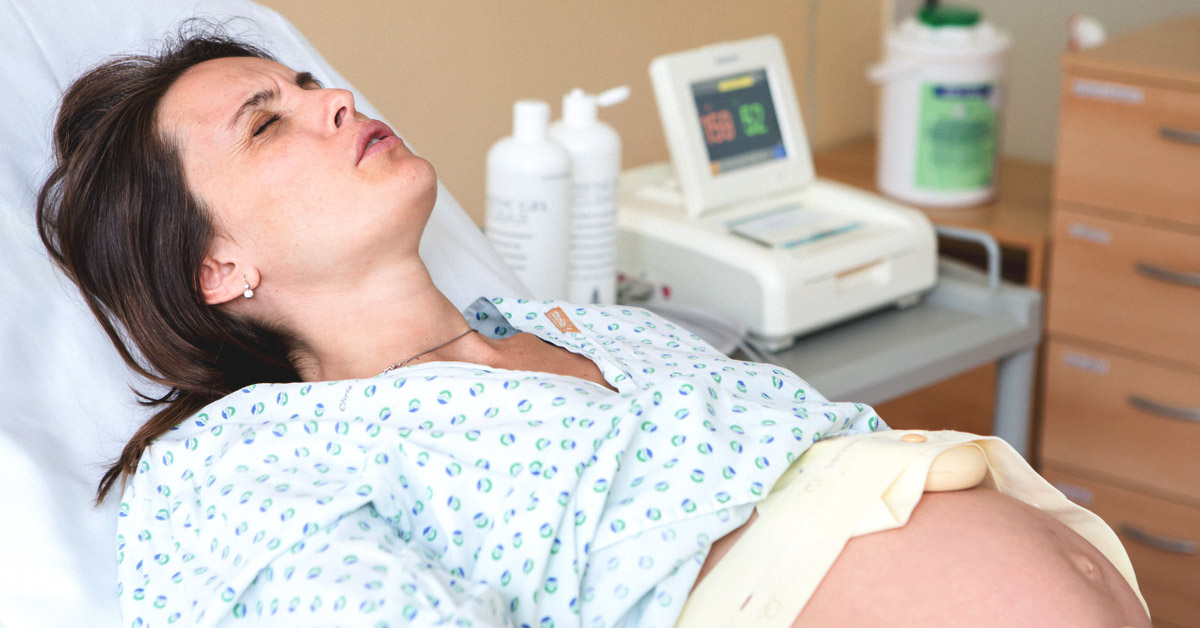Painless Delivery
Painless delivery, also known as pain-free childbirth or epidural anesthesia, is a method of pain management used during labor to minimize or eliminate the sensation of labor contractions and childbirth.
Here's an overview of painless delivery
-
Epidural Anesthesia : - Epidural anesthesia is the most common method used for painless delivery. It involves the administration of medication into the epidural space of the lower spine, which blocks nerve signals from the lower half of the body, including the uterus and birth canal, thereby reducing sensation of pain during labor and delivery.
-
Administration : - Epidural anesthesia is typically administered by an anesthesiologist or nurse anesthetist. The procedure involves positioning the mother on her side or sitting upright, cleaning the skin of the lower back, and using a small needle to insert a catheter into the epidural space. A local anesthetic or a combination of local anesthetic and opioid medication is then injected through the catheter to provide pain relief.
-
Onset of Pain Relief : - Pain relief from epidural anesthesia usually begins within 10 to 20 minutes after administration. The level of pain relief can be adjusted by the healthcare provider based on the mother's comfort level and the progress of labor.
-
Continuous Monitoring : - Throughout labor and delivery, the mother's blood pressure, heart rate, and oxygen levels are monitored closely to ensure the safety of both the mother and the baby. The healthcare team also monitors the progress of labor and the strength and frequency of contractions.
-
Mobility : - While epidural anesthesia provides effective pain relief, it may also affect the mother's mobility and ability to move freely during labor. Some women may experience numbness or weakness in the lower body, which can make it challenging to change positions or walk.
-
Potential Side Effects : - Although epidural anesthesia is generally safe, it can cause side effects such as temporary drops in blood pressure, headaches, shivering, and difficulty urinating. Rare complications may include nerve injury, infection, or allergic reactions.
-
Duration of Pain Relief : - Epidural anesthesia can provide pain relief throughout labor and delivery. In some cases, the medication may be supplemented or adjusted to maintain adequate pain control as labor progresses.
-
Postpartum Recovery : - After delivery, the effects of epidural anesthesia gradually wear off, allowing the mother to regain sensation and mobility in the lower body. Most women can expect to recover fully from the effects of epidural anesthesia within a few hours after childbirth.
Benefits
-
Reduced Pain and Discomfort :- The primary benefit of painless delivery is the significant reduction or elimination of labor pain and discomfort. This can help mothers to remain more relaxed, focused, and in control during labor, leading to a more positive childbirth experience.
-
Improved Maternal Satisfaction :- Painless delivery allows mothers to experience childbirth with less fear and anxiety about the pain associated with labor. This can contribute to a greater sense of satisfaction and empowerment during the birthing process.
-
Conservation of Energy :- Labor pain can be physically and emotionally exhausting for mothers. By minimizing pain, painless delivery conserves energy, allowing mothers to better cope with the demands of labor and potentially reducing the risk of fatigue-related complications.
-
Enhanced Ability to Rest :- Pain relief provided by epidural anesthesia can enable mothers to rest more comfortably during the early stages of labor, helping them to conserve energy for the active phase of labor and delivery.
-
Reduced Risk of Trauma and Complications :- Painful and prolonged labor can increase the risk of maternal exhaustion, trauma, and complications such as maternal hemorrhage or fetal distress. By providing effective pain relief, painless delivery may help reduce these risks and promote safer outcomes for both mother and baby.
-
Enhanced Maternal-Fetal Bonding :- Mothers who experience less pain and stress during childbirth may be better able to focus on bonding with their newborns immediately after delivery. Skin-to-skin contact and breastfeeding initiation can be facilitated more easily, promoting early bonding and attachment.

